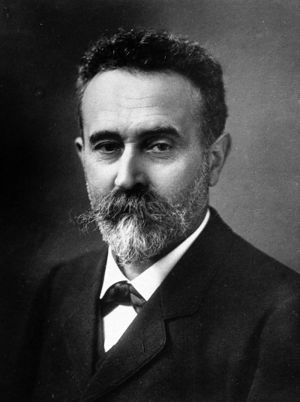Alphonse Bertillon
Contents
Notes
Office Notes
House Notes
1892.11.08 proposed for Hon. Membership
Notes From Elsewhere
Alphonse Bertillon (French: [bɛʁtijɔ̃]; 24 April 1853 – 13 February 1914) was a French police officer and biometrics researcher who applied the anthropological technique of anthropometry to law enforcement creating an identification system based on physical measurements. Anthropometry was the first scientific system used by police to identify criminals. Before that time, criminals could only be identified by name or photograph. The method was eventually supplanted by fingerprinting.[1]
He is also the inventor of the mug shot. Photographing of criminals began in the 1840s only a few years after the invention of photography, but it was not until 1888 that Bertillon standardized the process
Bertillon was a witness for the prosecution in the Dreyfus affair in 1894 and again in 1899. He testified as a handwriting expert and claimed that Alfred Dreyfus had written the incriminating document (known as the "bordereau"). However, he was not a handwriting expert, and his convoluted and flawed evidence was a significant contributing factor to one of the most infamous miscarriages of justice—-the condemnation of the innocent Dreyfus to life imprisonment on Devil's Island.
